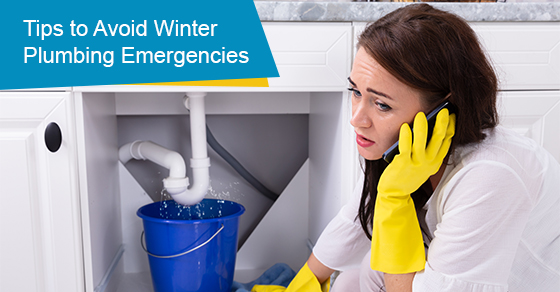
Introduction:
Plumbing emergencies can strike at the most inconvenient times, causing stress and potential damage to your home. In this guide, we’ll explore practical plumbing emergency tips to help you navigate unexpected situations with confidence and minimize the impact on your property.
Identifying and Locating the Issue:
The first step in addressing a plumbing emergency is to identify and locate the issue. If you’re dealing with a leak, turn off the water supply to the affected area or the entire house if necessary. Knowing the location of shut-off valves for specific fixtures and the main water supply is crucial in quickly containing the problem.
Dealing with Burst Pipes:
A burst pipe is a common plumbing emergency that requires immediate attention. Begin by shutting off the main water supply to stop the flow of water. Open faucets to relieve pressure and drain excess water. Use towels or buckets to minimize water damage. Contact a professional plumber promptly to assess and repair the burst pipe.
Clogged Drains and Toilets:
Clogged drains and toilets can escalate into emergencies if not addressed promptly. Avoid using chemical drain cleaners, as they can cause further damage. Instead, try using a plunger or a plumbing snake to clear the blockage. If these methods are unsuccessful, contact a plumber to avoid exacerbating the issue.
Leaking Fixtures and Faucets:
Leaking fixtures and faucets may seem minor, but they can waste water and lead to more significant problems over time. Tighten loose connections and replace worn-out washers if possible. If the leak persists, shut off the water supply to that specific fixture and consult a plumber to address the underlying cause.
Water Heater Malfunctions:
A malfunctioning water heater can be disruptive, especially if it occurs during colder months. Turn off the power supply (electricity or gas) to the water heater and the water supply. Check for visible issues, such as leaks or pilot light problems. If you’re unable to identify or resolve the issue, seek professional assistance promptly.
Sewer Line Backups:
Sewer line backups pose serious health and safety risks. If you notice multiple drains backing up simultaneously or sewage odors, avoid using water fixtures and contact a plumber immediately. Refrain from attempting DIY solutions for sewer line issues, as they often require specialized equipment and expertise.
Frozen Pipes:
In colder climates, frozen pipes can lead to bursts and extensive damage. If you suspect frozen pipes, turn off the water supply and open faucets to relieve pressure. Thaw the pipes using gentle heat, such as a hairdryer or towels soaked in warm water. Never use open flames or excessive heat, as it can cause further damage.
DIY Fixes and Limitations:
While some plumbing emergencies allow for DIY fixes, it’s essential to recognize your limitations. Temporary solutions, such as using pipe tape or a pipe clamp, can help contain a leak until professional help arrives. However, relying on DIY fixes for complex issues may worsen the problem. Always prioritize safety and seek professional assistance when in doubt.
Having an Emergency Plumbing Kit:
Preparation is key in handling plumbing emergencies. Assemble an emergency plumbing kit that includes a plunger, pipe wrench, plumbing tape, and a bucket. Familiarize yourself with the location of shut-off valves and keep the contact information of a reliable emergency plumber readily accessible.
Conclusion:
Plumbing emergencies can be stressful, but a calm and informed response can make a significant difference. By understanding how to identify, contain, and address common plumbing issues, you can mitigate damage and expedite the resolution process. Remember, when in doubt, it’s always advisable to seek the expertise of a professional plumber.
For more in-depth insights into Plumbing Emergency Tips, visit PlayAsSustentable.com.
